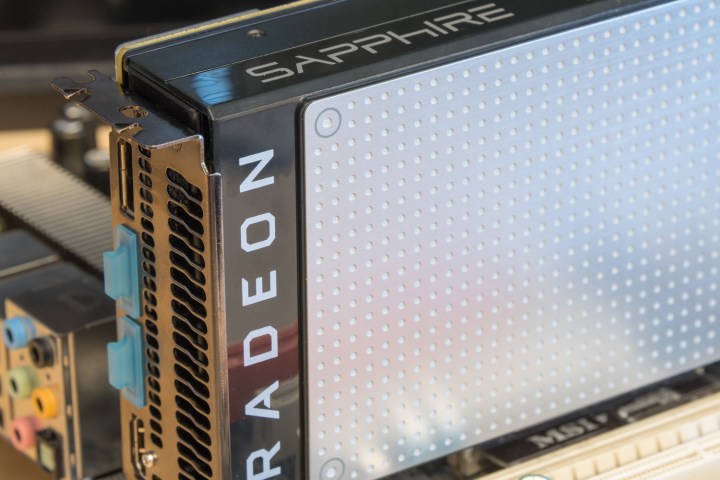
So far, that segregation has worked out just fine. You can buy a notebook with longer battery life and less heat by going with a machine with Intel integrated graphics, for example, or choose one with a dedicated GPU if you want to game on the go. You can even buy a notebook that switches between them based on the task at hand. But a new rumor is swirling that perhaps Intel could be licensing AMD’s Radeon Graphics technology for use in its own GPUs, as Forbes reports.
The rumor is highly suspect at this point, coming only from Kyle Bennett, HardOCP’s MasterChief Editor, and it’s from a single sentence posted at the HardOCP forum. In response to a thread discussing Intel and anti-trust, Bennett said, “The licensing deal between AMD and Intel is signed and done for putting AMD GPU tech into Intel’s iGPU.”
As Forbes points out, that wording seems to leave little room for interpretation. There are other possibilities, though, such as the notion that Intel and AMD are entering into a licensing agreement around graphics technology in general to avoid any possible patent battles. Such an agreement already exists between Intel and Nvidia, and Intel and AMD have a licensing agreement the covers CPU technology.
However, Bennett’s verbiage is clear: the alleged license agreement would involve Intel using AMD GPU technology in its integrated graphics, and that would have a potentially significant impact on the GPU market. If Intel’s integrated graphics get too much faster — they’re already far more competitive at the low end then they were when first introduced — then suddenly the market for high-end dedicated GPUs could be impacted, particularly in notebooks.
A buyer may not be happy with the performance of Intel’s integrated GPUs, but doesn’t need all of the power — and cost in money and power draw — that dedicated GPUs represent. Such a licensing agreement with AMD could cut into the market for low-end dedicated GPUs like Nvidia’s new GeForce GTX 1050 line.
Of course, this is all pure speculation centered around a single relatively cryptic message posted by one individual, albeit an individual with some industry knowledge and connections. Until Intel and AMD make something official, we’re left wondering if one day we’ll be able to buy a notebook or PC with graphics that are just good enough without shelling out the cash for more than we need.
Editors' Recommendations
- Intel’s next-gen GPU might be right around the corner
- Intel’s new integrated graphics could rival discrete GPUs
- Intel just made a huge comeback, and it’s bad news for AMD
- AMD might finally beat Intel for the fastest mobile gaming CPU
- Can I use an Intel Arc GPU with AMD Ryzen?



